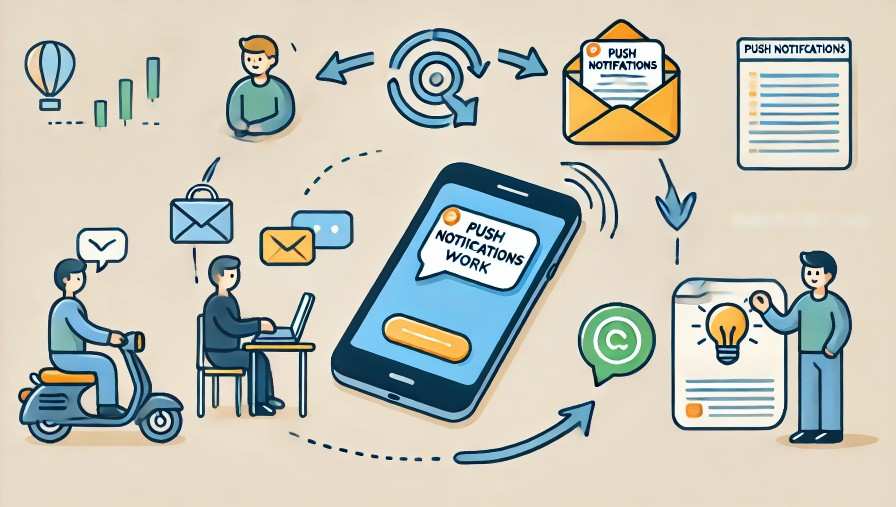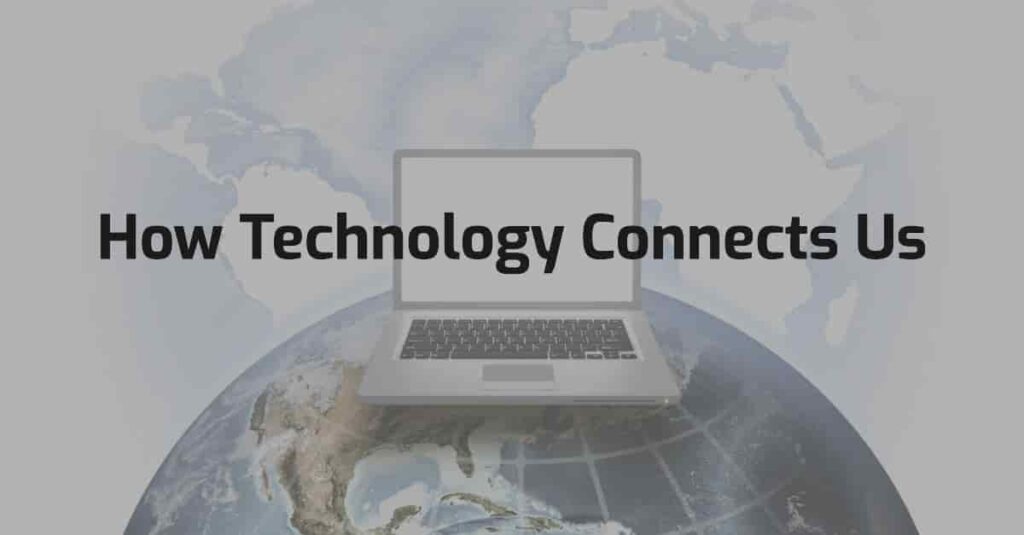The Science Behind Push Notifications and Their Delivery Protocols
Push notifications have revolutionized how we interact with digital platforms, providing real-time updates and personalized messages to users. These alerts, delivered directly to devices, rely on sophisticated delivery protocols to ensure reliability and speed. This blog delves into the science behind push notifications, exploring their mechanisms, protocols, and impact on user engagement.

What Are Push Notifications?
Push notifications are brief messages sent by applications or websites to users’ devices to deliver timely updates, reminders, or promotional content. Initially introduced for mobile apps, push notifications have since expanded to web browsers and desktops. Their primary purpose is to bridge the gap between users and platforms, ensuring users remain informed without actively opening the app or site.
The Architecture of Push Notifications
The delivery of push notifications involves multiple components working in harmony to ensure the messages reach the intended recipients. The application server generates and sends notifications, communicating with a push notification service provider like Firebase Cloud Messaging (FCM) or Apple Push Notification Service (APNs). This push notification service acts as a middleman, routing notifications from the application server to the user’s device. Finally, the client app installed on the user’s device receives and displays the notification.
How Delivery Works
The delivery process follows a sequence beginning with registration. When a user installs an app or subscribes to notifications, the device registers with a push notification service like FCM or APNs. The service assigns a unique token to the device, which the app server uses for targeted delivery. The app server then sends the notification payload to the push service, which routes it to the device. Upon arrival, the client app processes and displays the message to the user.
Challenges in Push Notification Delivery
Despite their efficiency, push notifications face certain challenges. Device constraints such as limited battery life or network issues can delay or prevent delivery. Platform restrictions add another layer of complexity, as each platform has its own guidelines and limits for notification payload size and frequency. Additionally, user preferences play a significant role, as notifications can be blocked or ignored if users find them intrusive.
Enhancing Effectiveness and Reliability
To optimize push notifications, developers and businesses should focus on segmentation by sending personalized messages based on user behavior and preferences. Timing is also critical; notifications should be scheduled when users are most likely to engage. Continuous testing and refinement of notification content and delivery mechanisms can further improve outcomes.
Conclusion
Push notifications are a powerful tool for engaging users and driving action, but their success depends on the underlying protocols and thoughtful implementation. By understanding the science and challenges behind their delivery, developers can create more effective notifications that enhance user experiences while respecting user preferences.
Reference
- Internet Engineering Task Force (IETF)
- Web Push Protocol Standards Google Firebase Documentation
- Push Notifications Apple Developer Documentation
- APNs “HTTP/2 Explained” by Daniel Stenberg TechCrunch



